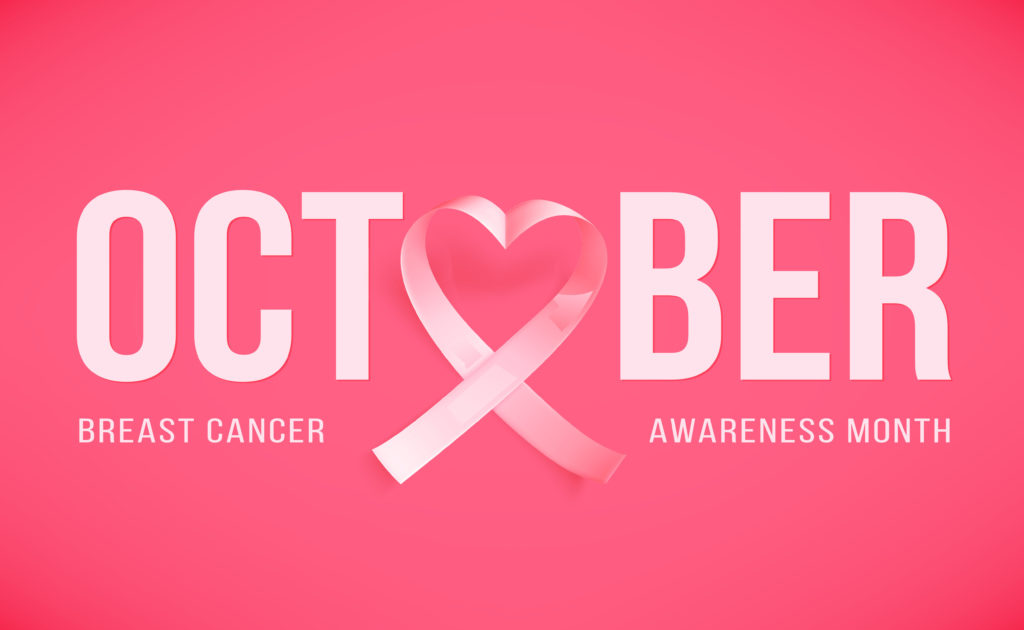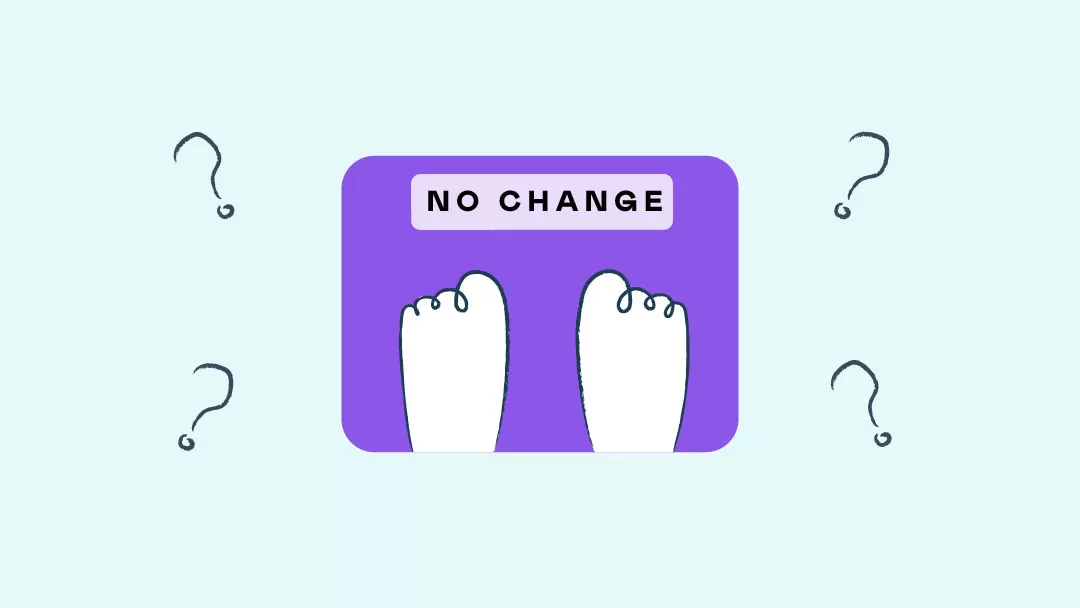As the weather gets colder, it’s challenging to feel motivated to go outside for a walk or run when you can just stay cozy inside of your home. Sure, we may rather go outside when it’s warm or stay in bed when it’s dark and cold outside, but it doesn’t have to be that way. There are lots of exercise options that we can do during this time instead of giving excuses every single time. A very good first step is to get up and start moving, but what type of exercises can you do after that? Here’s some options that you can be consistent with AND actually enjoy:
For those who love cold weather (be sure to bundle up and grab the proper gear first):
- Hiking
- Walking
- Jogging or Running
- Bike riding
- Snow shoe-ing
- Skiing
- Snowboarding
- Walking the dog
- Ice skating
- Raking the leaves
- Splitting wood
For those who want to stay warm indoors:
- Exercising at a gym (if you’re comfortable)
- Fitness apps (I LOVE the Peloton app – you don’t need their bike to use this)
- Yoga
- Strength training (weights, resistance bands, etc.)
- Jump rope
- Indoor swimming pool
- YouTube workout videos
- Barre
- Dancing
- Walking up and down stairs
- Qubii (foot pedaling
- Home equipment (treadmill, elliptical, stationary bike, total gym, etc.)
- Build your own workout (lunges, squats, push ups, sit-ups)
It’s recommended to stretch both before and after workouts. If you haven’t exercised much before, it’s okay to start small and work your way up to longer exercise periods. Do only what you can tolerate since you could injure yourself if you don’t. Start with five minutes and then go from there. Don’t compare your abilities to others, but start somewhere: something is better than nothing! If you aren’t sure if a certain exercise is okay for you, be sure to contact your doctor and get clearance before trying it.






